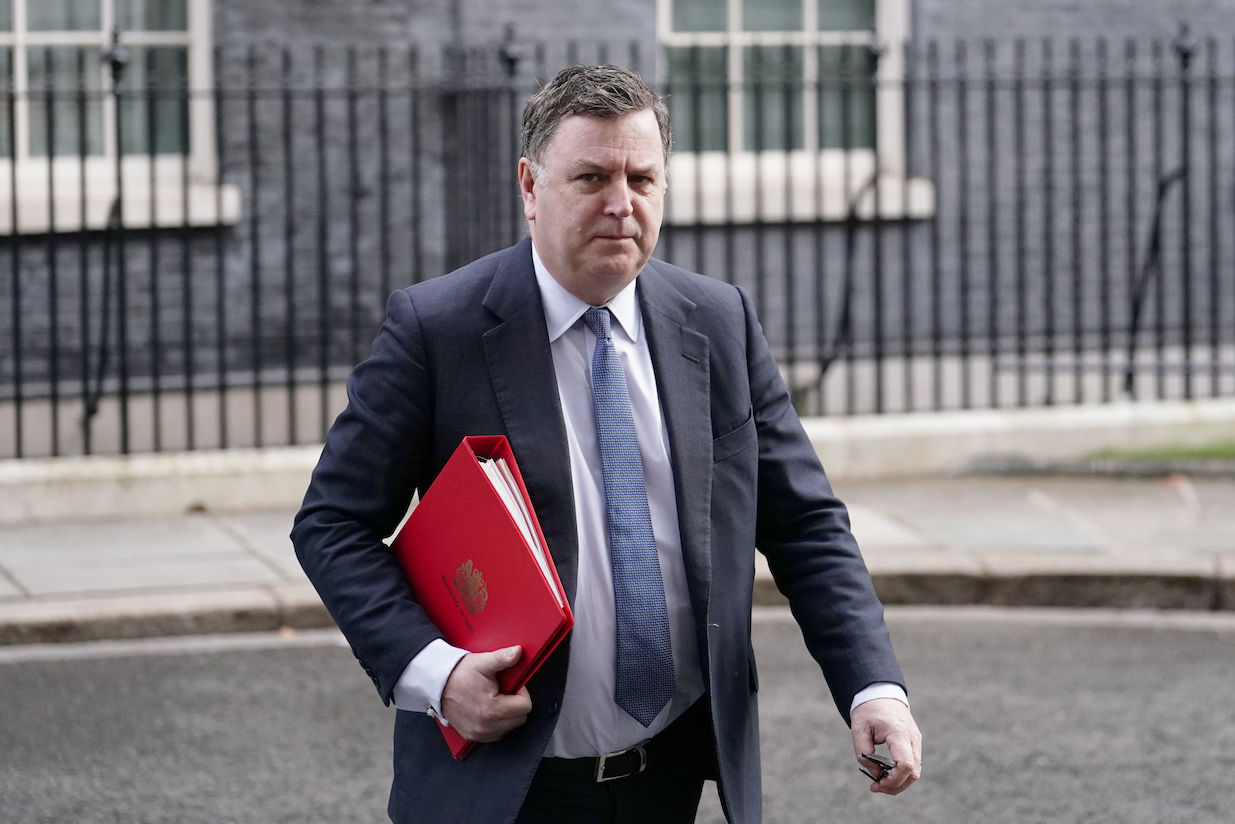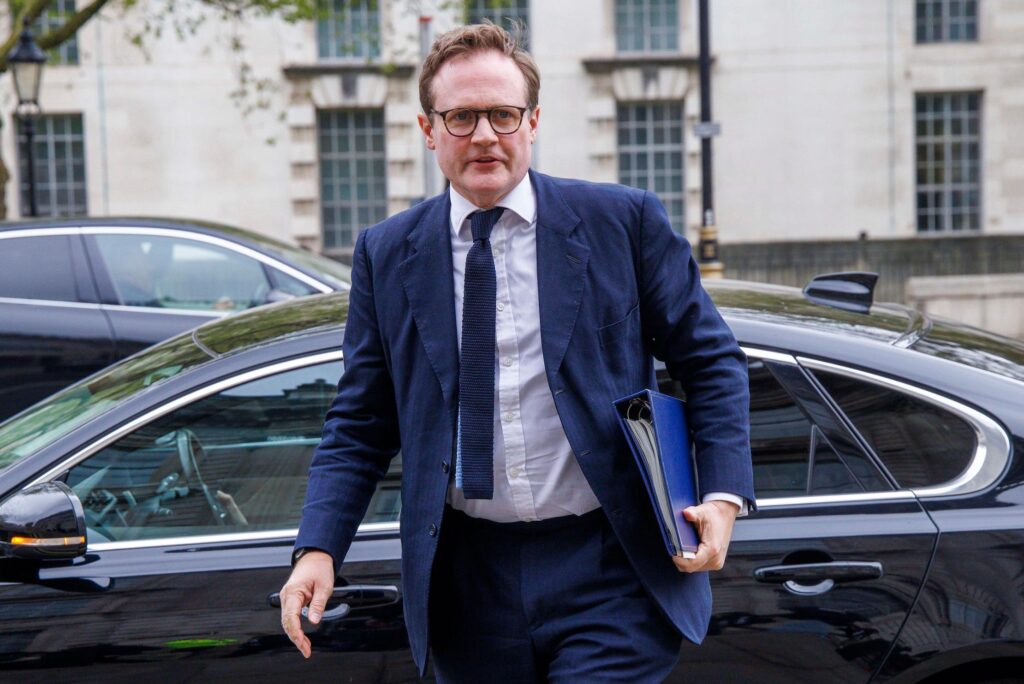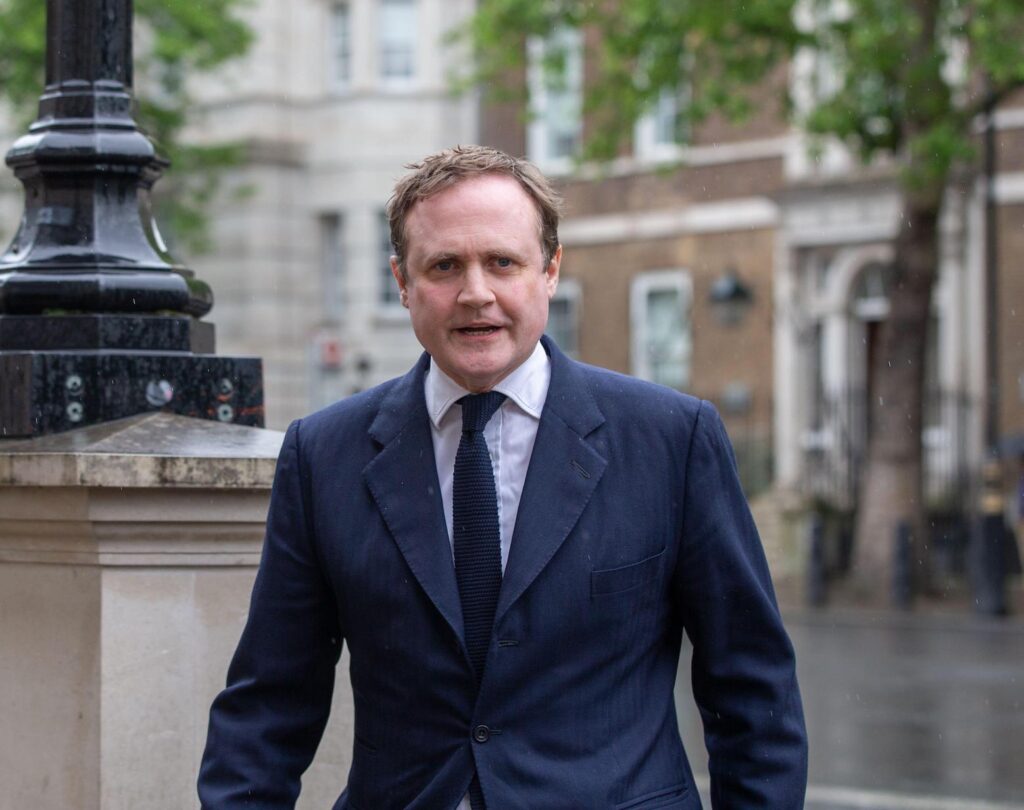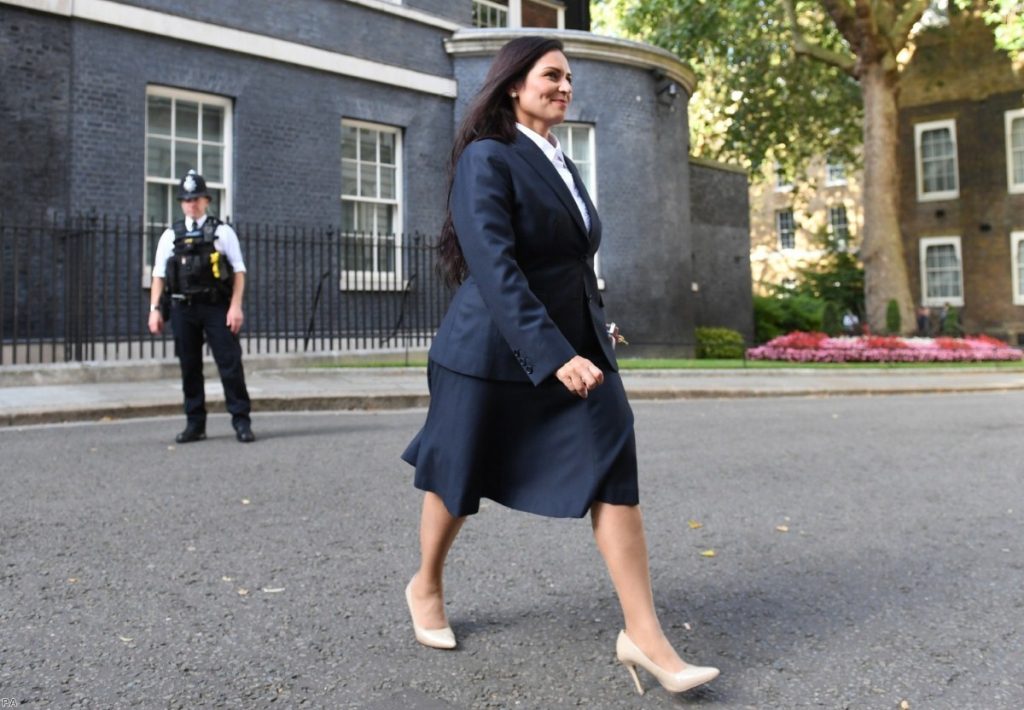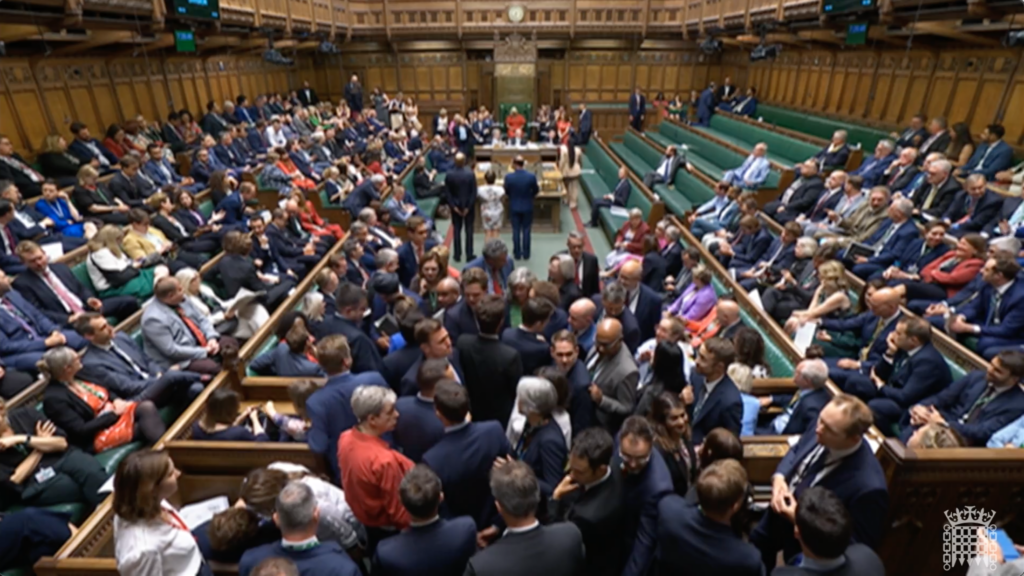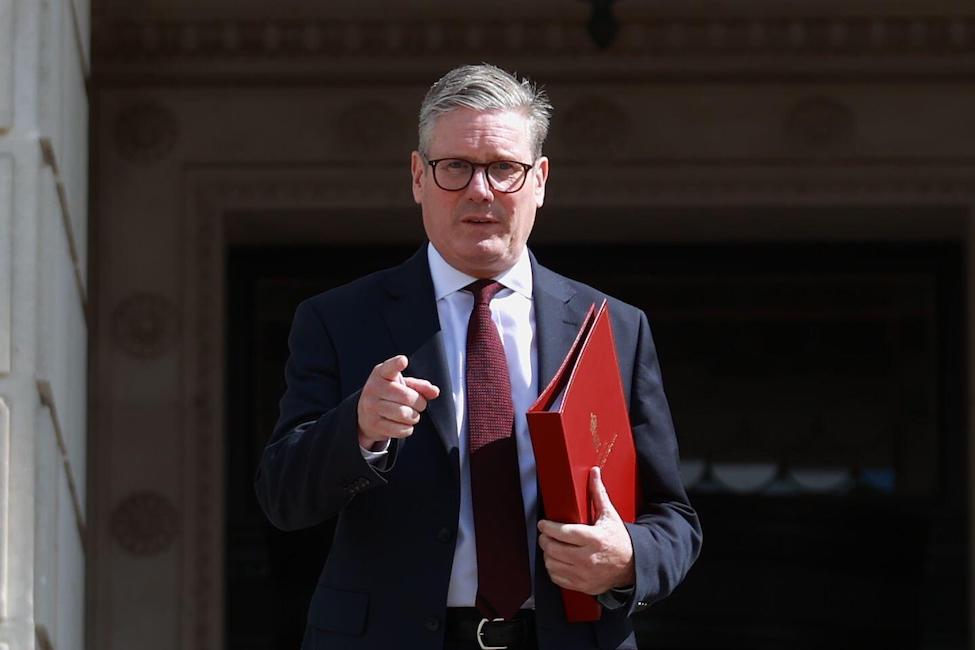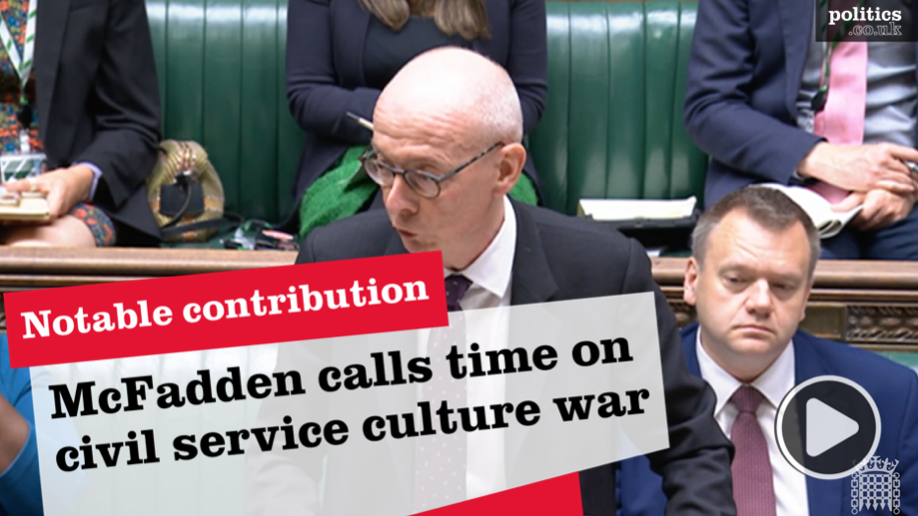How much is child maintenance?
A separated family is defined as having one resident parent, one non-resident parent, and biological or adopted children either under 16, or under 20 and in full-time, non-tertiary education.
Child maintenance arrangements relate to the financial contributions made by non-resident parents – defined as parents who do not live with the child in question.
In the financial year 2019/20, the Department for Work and Pensions estimated that there to be some 2.4 million separated families in the UK, involving 3.6 million children.
It is not compulsory to have a statutory child maintenance arrangement, and many separated parents enter into voluntary and informal arrangements around their children. These typically involve voluntary financial contributions, payments in kind, shared care arrangements, or orders from the divorce courts regarding payments.
However where voluntary arrangements are not put in place, separated parents have recourse to the Child Maintenance Service.
The Service operates on the principle that a parent has the highest obligation to support his or her child, and this financial responsibility is absolute.
Child maintenance reflects a contribution to the cost of bringing up a child and towards the running costs of the home that the child lives in. Under the current arrangements, the income of the resident parent (or their partner) is not relevant to the child maintenance calculation of the non resident parent.
It is therefore based on the net income of a non-resident parent and is an approximation of what they would spend if their child lived with them.
According to the Department for Work and Pensions, in 2020/21, around 15% of separated families were solely reliant on statutory arrangements in relation to child maintenance contributions. A further 3% of separated parents were said to have a mixture of statutory and non statutory arrangements.
Statutory arrangements are currently overseen by the Child Maintenance Service, a body reporting to Department for Work and Pensions.
In December 2020, the Department of Work and Pensions revealed there to be approximately 502,000 parents making contributions under arrangements overseen by the Child Maintenance Service. These related to 757,000 children.
Payments under these statutory arrangements were estimated to equate to £0.7 billion per year.
The child maintenance system – It is fair?
Since they were first introduced in the early 1990s, child support arrangements have been dogged by a significant degree of controversy.
In the period between 1990 and 2012, the system was variously accused of being slow and costly. With minimal time being spent on compliance, attention was focused on the level of backed up payments that existed. The child maintenance system was also variously criticised for the strain that maintenance orders put on relations between former partners and the number of loopholes that existed – particularly in relation to proving paternity.
Since the system has been reformed in 2012, a number of different controversies have been thrown at the system. Attention has been focussed on how the current system interacts with Universal Credit. Under the current maintenance system, as weekly earnings pass the £100 and £200 mark, the marginal rate of taxation is said to equate to 100%.
There has also been controversy around the structure and primary drivers of the system. Where the initial introduction of the Child Support Agency was publicly driven by a desire to reduce the cost of benefits paid to lone parents and to improve work incentives, later reforms have been far more explicitly predicated around reducing child poverty. There has been a debate as to the extent to which this latter objective has been effective.
The previous Labour Government declared that “tackling poverty” was “perhaps the most fundamental reason why effective child maintenance arrangements are needed”, and suggested that maintenance payments lifted 100,000 children out of poverty.
Similarly, the Nuffield Foundation found that maintenance payments (both statutory and non-statutory) resulted in a 19% reduction in the proportion of single parents on benefits who received maintenance, living in poverty.
A 2017 academic paper published in the Journal of Social Policy also noted how the UK’s current system reduced the poverty gap for lone parent families more effectively compared to a number of other countries, notably Australia, America and the United States.
However in 2011 the Department for Work and Pensions itself suggested that the impact on child poverty from child maintenance was smaller than previously thought. Whilst academic research published in 2019 in the Children and Youth Services Review has illustrated how the proportion of single fathers with no children lived in poverty before contributing to child maintenance, rose from 12.2% to 14.4% after paying. Whilst not used as a reason to challenge the system, it is pointed out how this can have a knock on effect when the person concerned has further children in a different relationship.
Finally there has been political controversy around the charges introduced as part of the Child Maintenance Service’s arrangements. The government has suggested that the charges are there to encourage people to comply with their commitments, and to cover the administrative costs of enforcing compliance. Advancing that argument, a 2017 review by the Department of Work and Pensions found that “roughly half of parents surveyed said that the on-going charges for Collect And Pay influenced their decision to try Direct Pay”.
Charities such as Gingerbread and the Child Poverty Action Group have though called for the Government to exempt applicants on means tested benefits from the application fee. In 2019, the single parent’s charity, Gingerbread, also expressed the view that ‘Collect and Pay’ charges should be removed as they acted as a “disincentive to the receiving parent to secure enforcement”.
What are the levels of statutory child maintenance
There are five rates of maintenance that a non-resident parent can be required to pay depending on their financial circumstances, and their gross weekly income before tax, but after contributions to approved personal or occupational pension schemes.
Income information is supplied to the Child Maintenance Service from HMRC or from the non-resident parent themselves.
When the gross weekly income is not provided or unknown, the default payment required from the non resident parent in 2021 was £38 for one child, £51 for two children, and £61 for three or more children.
If gross weekly income is below £7 then no payments are required.
If the non resident parent receives benefits or has weekly income between £7 and £100 then a flat rate of £7 is payable.
There are then formula based rates for parents earning between £100 and £199.99, and between £200 and £3,000 per week.
If a non-resident parent’s gross weekly income is above £3,000, then the person with care is able to apply to a court for additional maintenance.
For certain rates, the CMS calculation also takes account of the number of children for which the non-resident parent must pay child maintenance; the number of children living with the non-resident parent; special costs (such as fuel costs travelling to the child’s home);and the average number of nights that the child spends with the non resident parent (known as a shared care arrangements).
DWP figures in 2019, indicated that 77% of the cases involving statutory maintenance did not have a shared care arrangement in place.
Where a non-resident parent is suspected of concealing their true income, they can be investigated by the Financial Investigations Unit within the Department of Work and Pensions. The Unit works with HMRC and others to assess and uncover additional information from non resident parents. It is a criminal offence for a person to withhold information to the Child Maintenance Service or to provide false information. Those convicted can be fined up to £1,000.
Each year, on the annual anniversary of a child maintenance application, the Child Maintenance Service carries out a review of the current arrangements to consider changes in income or other relevant circumstances.

Child maintenance arrangements were last overhauled in a 2012 reform.
When do you stop paying child maintenance?
Child maintenance is payable until a child is 16, or until they are 20 if they’re in school or college full-time studying for A-levels, Highers, or equivalent.
History of Child Maintenance in the UK
The emergence of the Child Support Agency
The first proposal for a dedicated agency for administering maintenance payments made by non-resident parents was put forward in the Finer report of 1974, but no action resulted.
By the late 1980s, however, it was apparent that the then system of court orders was not working. In 1979, 50 per cent of lone parents on Supplementary Benefit (the forerunner of Income Support) received child maintenance. However, by 1989 the proportion of lone parents on Income Support in receipt of child maintenance had fallen to 23 per cent.
Courts tended to make small awards in the belief that the social security system was adequate, and applied inconsistent rulings in the absence of authoritative guidance. At this time, many other countries were also opting for new solutions to this growing concern.
The Child Support Agency began operation on April 5th 1993, with the launch of the Child Support Scheme under the Child Support Act 1991. It is widely acknowledged that this legislation was rushed and poorly drafted, and as a result, the new Child Support Agency was considered to have been left with a very complex maintenance formula to apply, and inadequate administrative resources. The 1991 Act regime was also widely criticised for discouraging parents with care from working.
The Child Support Act 1995 attempted to address these issues, introducing a new system with greater flexibility (“departures”) and incentives (the Child Maintenance Bonus). However, the impact was not as significant as had been hoped, and come 1997 the Government was considering new adjustments to the system – even suggesting that absent parents who failed to pay maintenance might be required to forfeit their driving licences.
New arrangements from 2003
On coming to power in 1997, Labour declared that reform of the whole social security system was a priority. The Government’s preference for a flat-rate child maintenance system was widely reported long before the publication of a Green Paper in July 1998.
A year later, a White Paper presenting the Government’s plans was published. Shortly afterwards, the Child Support, Pensions and Social Security Bill was introduced, and although some amendments were accepted – including the £2,000 per week liability cap – the White Paper plans survived relatively unscathed.
The then Social Security Secretary, Alistair Darling outlined how in 2000, “about 100 items of information” were needed to calculate child maintenance as a result of the 1993 scheme, meaning that child maintenance would “have to be recalculated if any one of those variables was to change”. Continuing Mr Darling pointed out how, “a parent who is simply stringing the agency-and, more important, the child-along, can delay, or refuse to hand over certain bits of information”.
Implementation of the new formula was to be left to ,the drawing up of more detailed regulations, and with the Child Support Agency suffering from a large backlog, and arrears in excess of £500 million, it was postponed. It was not until March 2003 that the new system came into effect for new claims. At that time, the Child Support Agency had 1.1 million cases in operation under the old system.
Problems continued under the new system and in December 2006, the new Work and Pensions secretary John Hutton, announced plans to set up the Child Maintenance and Enforcement Commission (CMEC) to take responsibility for the UK’s child maintenance system.
The Child Support Agency became a part of the CMEC which was established in 2008. The new Commission was provided with enhanced powers to ensure all parents met their financial responsibilities.
2012 reforms and the current system
In 2012, the coalition government introduced further reforms to the child maintenance system, with the intention of further reducing the time taken to calculate child maintenance.
Under the 2012 changes, the CMEC was abolished, and functions were transferred to the current Child Maintenance Service (CMS) within the Department for Work and Pensions. As part of these reforms, non resident parents were given the chance to make the payments directly to the resident parent (Direct Pay), rather than having them collected by the Child Maintenance Service, and regardless of their previous payment record.
The move was designed to further encourage separated parents to take responsibility for making their own maintenance arrangements, rather than relying on the state to collect payments.
Allied to these changes a series of charges were subsequently introduced for those using the Child Maintenance Service. These charges involved an initial application fee of £20 when applying to the Child Maintenance Service. Should the Service then become involved in collecting and paying the maintenance (‘collect and pay’), the receiving parent loses 4% of any maintenance paid, and the Paying Parent will pay an additional 20% of the maintenance calculation.
These charges were designed to reduce the cost paid by the general taxpayer for the operation of child maintenance services, and to encourage separated parents to come to voluntary arrangements.
Critics of the proposals pointed to how many separated parents, had either limited contact, or unfriendly relations, with their ex partner, and that the chances of voluntarily arranging meaningful payment arrangements were thus negligible.
Quotes
“The present system, which completely ignores family relationships, has channelled hundreds of thousands of unwilling parents into a costly bureaucracy. That’s why we plan a fresh start for child maintenance with all parents given much better support and a fair chance to make their own, family-based, arrangements.” – Work and Pensions Minister Maria Miller – January 2012
“Any encouragement by government for separated families to come to their own arrangements rather than use inflexible state-enforced calculations is a good idea. Too often, in the past, the CSA has been seen by some as a means of creating problems and hardship for ex partners and apportioning blame – we have to move away from this”. – Ken Sanderson, Chief executive of Families Need Fathers – January 2012
Number of single parents left without child maintenance payments doubles
Single parent families could be left ‘destitute’ as Home Office accesses child maintenance records










